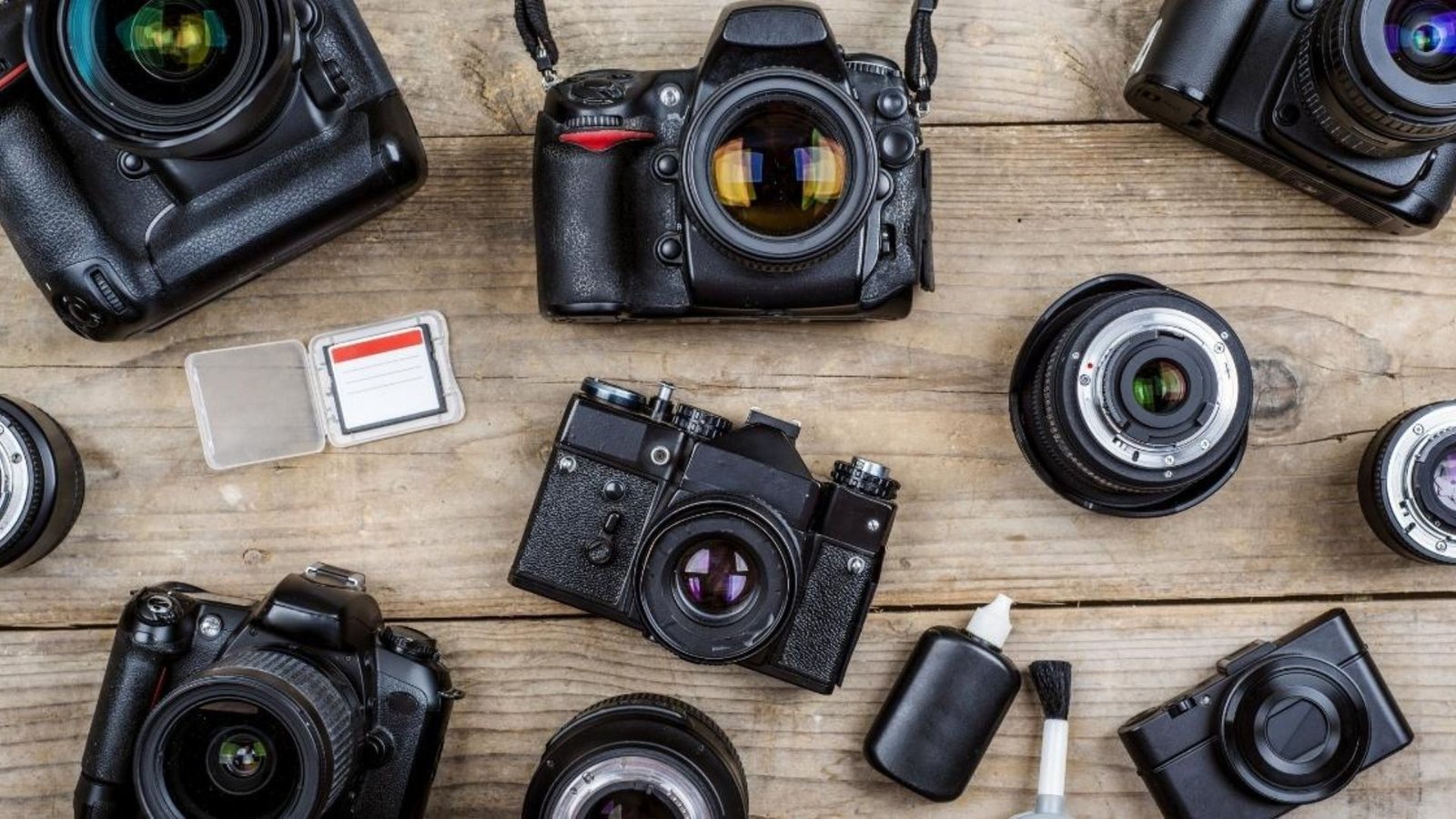Composition is the art of arranging elements within a photograph to create a visually compelling image. Mastering composition can elevate your photography by making your images more engaging and aesthetically pleasing. Here’s a guide to key compositional techniques and tips for enhancing your photographic skills.

Key Principles of Composition
Rule of Thirds
- Concept: Divide your image into a 3×3 grid with two horizontal and two vertical lines. Place important elements along these lines or at their intersections.
- Application: This principle helps create balance and interest by avoiding placing your subject in the center of the frame. It guides the viewer’s eye naturally across the image.
Leading Lines
- Concept: Use natural or architectural lines to lead the viewer’s eye toward the main subject or through the image.
- Application: Examples include roads, rivers, or fences. Leading lines can create a sense of depth and draw attention to the focal point.
Framing
- Concept: Use elements within the scene to frame the main subject, directing focus and adding depth.
- Application: Look for natural frames like doorways, windows, or overhanging branches. Framing can isolate the subject and add context.
Symmetry and Patterns
- Concept: Capture symmetry and patterns to create visually striking images.
- Application: Symmetry can be either vertical, horizontal, or radial. Patterns, whether natural or man-made, can provide a rhythm and structure to your composition.
Balance
- Concept: Distribute visual weight evenly across the frame to create a sense of equilibrium.
- Application: Balance can be achieved by placing subjects of similar visual weight on opposite sides of the image or by using color and texture to balance elements.
Depth and Layers
- Concept: Create a sense of depth by including foreground, middle ground, and background elements.
- Application: Use objects in the foreground to lead into the main subject and create a layered effect that adds dimension to your photo.
Practical Tips for Better Composition
Plan Your Shots
- Scout Locations: Before shooting, explore your location to find the best angles and compositions.
- Visualize: Imagine how different compositional techniques will look in your frame and adjust accordingly.
Use the Viewfinder or LCD Screen
- Composition Tools: Many cameras have grid overlays on the viewfinder or LCD screen to help with composition.
- Adjustments: Use these tools to align your shots according to the rule of thirds or other compositional guidelines.
Experiment with Angles and Perspectives
- Change Your Viewpoint: Try shooting from different heights, angles, or distances to find the most effective composition.
- Get Creative: Don’t be afraid to experiment with unusual perspectives or framing methods.
Pay Attention to Backgrounds
- Avoid Clutter: Ensure the background complements the subject and doesn’t distract from it.
- Simplify: Use a simple background to make your subject stand out more.
Practice and Review
- Analyze Your Work: Review your photos to see how well you’ve applied compositional techniques.
- Seek Feedback: Share your images with others to get constructive criticism and suggestions for improvement.
Conclusion
Mastering composition is essential for capturing stunning photographs that draw viewers in and convey your intended message. By applying principles such as the rule of thirds, leading lines, and framing, you can create more engaging and balanced images. Practice these techniques regularly, experiment with different approaches, and review your work to continually improve your compositional skills. With time and dedication, you’ll develop a keen eye for creating visually compelling photographs.










